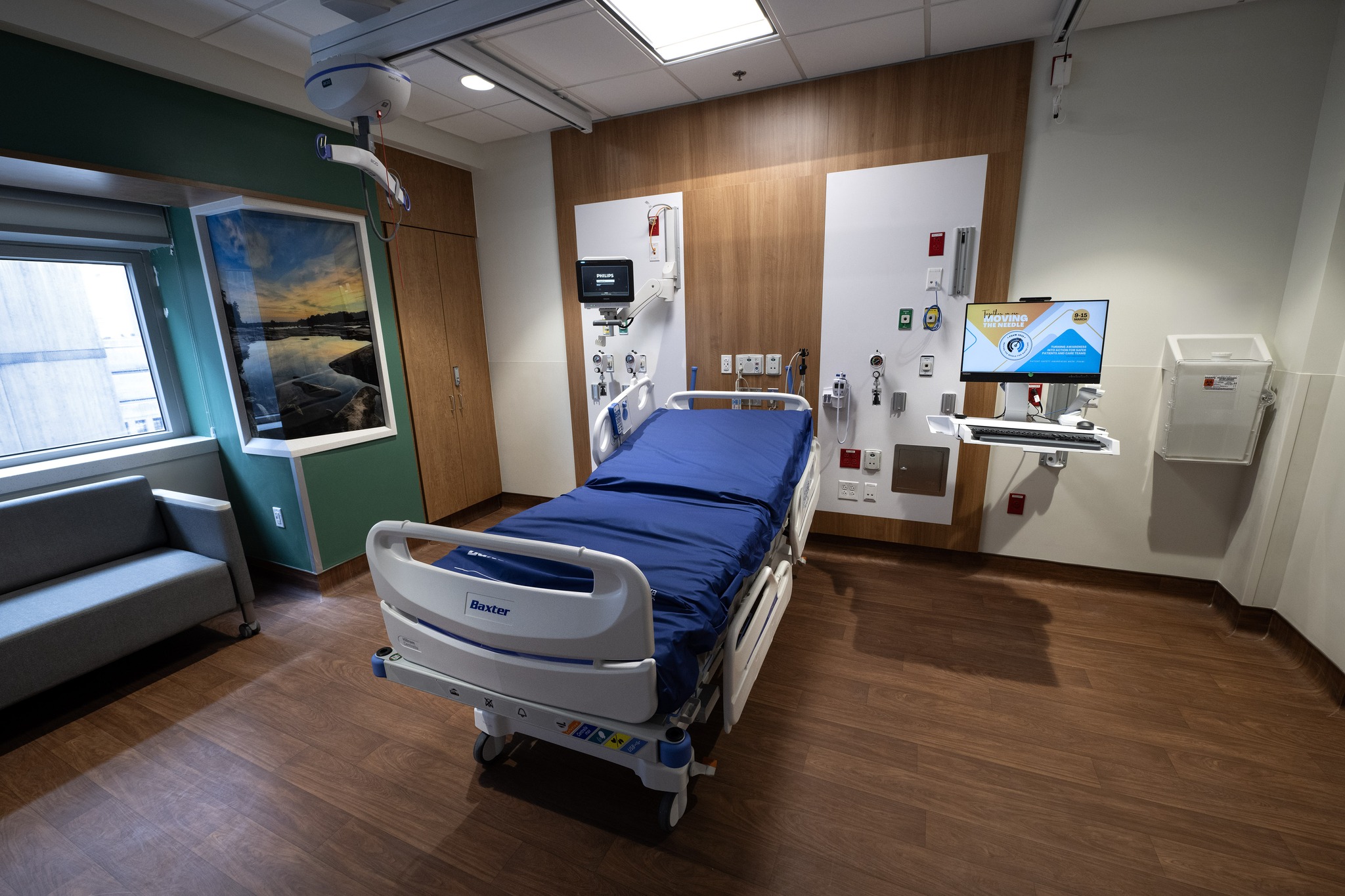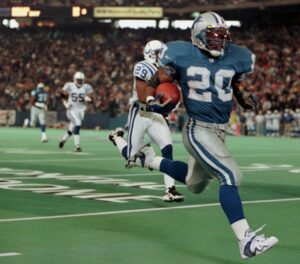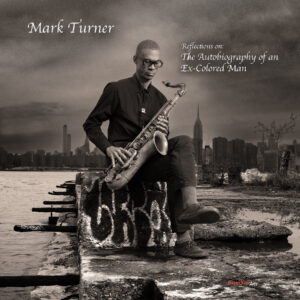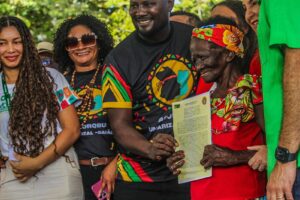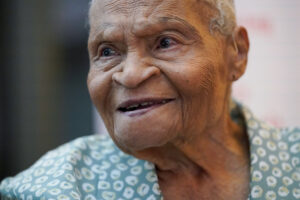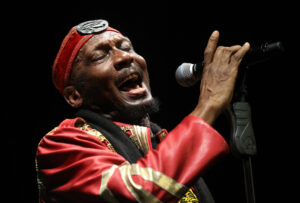On a cold morning in Richmond, Virginia, 48‑year‑old Danielle Green woke from anesthesia at Virginia Commonwealth University’s Hume-Lee Transplant Center after a procedure unlike any she had ever embarked on. It was the Black woman’s second time under the knife, this time donating part of her liver to a stranger she would never meet. Two years earlier, she had given a kidney. In both cases, she volunteered. And in both, she became a rare bridge between life and death–and between a disproportionately burdened Black transplant community.
Green’s story is rare and borders on unprecedented. According to a peer-reviewed study published in Clinical Transplantation there were just over 100 “double living donors” worldwide between 1981 and 2021. For Green, it was less about statistics than a higher calling.
“I felt led to do it. It had to be a higher power to plant that seed,” she told Black News & Views.
Yet her generosity lives inside the larger, harder truth that in the United States, Black patients wait longer and die at higher rates while waiting for transplants.
Black Americans represent 27.8% of people on transplant waitlists, but account for only 17% of living donors. They are three times more likely than white Americans to develop kidney failure, yet far less likely to receive a living donor kidney, according to the federal Office of Minority Health.
The national transplant waiting list holds more than 100,000 people, with more than 60% representing multicultural communities. Sixteen people die every day waiting for a transplant, according to Donor Alliance. For Black patients, those odds are particularly cruel because they face disproportionately higher rates of diabetes, high blood pressure, and heart disease, conditions that often lead to organ failure.
Organs are allocated without regard to race, gender, or income. Matches hinge on blood type, tissue markers, body size, medical urgency, and time spent waiting. But genetics matter.
“The inequity is painful,” said Dr. Seung Duk Lee, surgical director of liver transplantation and robotic hepatobiliary at VCU Health. “Every week, I meet patients who reflect these numbers and when someone like Danielle, a Black woman, steps forward not once but twice to donate, it is both inspiring and sobering. It highlights what is possible, but it also reminds us how far we must go.”
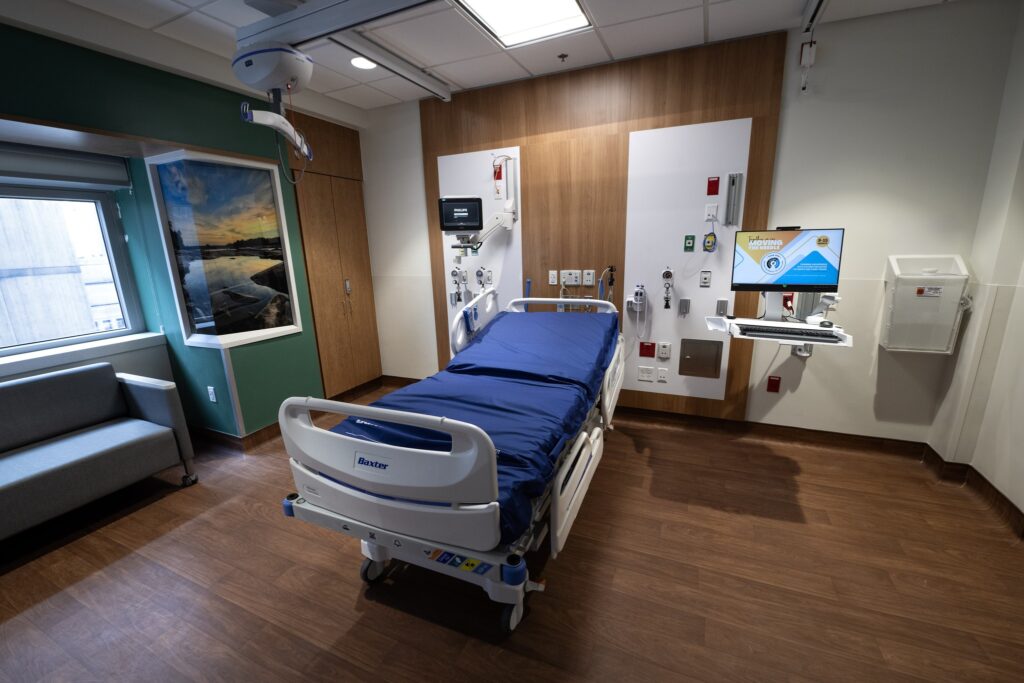
Even though surgeons can successfully transplant organs regardless of the donor’s and recipient’s ethnicity, genetic compatibility matters in the long term. Compatible blood types and tissue markers are more likely to be found among members of the same race or ethnicity, making diversity in the donor pool important for all patients’ access to life-saving transplants.
“I noticed there were not many people at all that looked like me that were making donations,” Green told Black News & Views about her research into living donation. “I also believe that people of color do not always trust the medical community.”
Medical distrust in Black communities spans centuries, shaped by exploitation and unequal treatment, from the Tuskegee Study of Untreated Syphilis, conducted by the U.S. Public Health Service between 1932 and 1972, where 399 Black men in Alabama were deliberately denied penicillin treatment and deceived for decades, to the case of Dr. J. Marion Sims, who in the 19th century performed experimental gynecological surgeries on enslaved women without anesthesia. That legacy continues to inform skepticism toward medicine today, often surfacing in lower organ and tissue donation rates even when the need is greatest.
For many, the idea of elective surgery–not to save oneself, but someone else–seems unthinkable. Green understood this dynamic all too well, but she also understood something else: “Normal, everyday people don’t think about things like this. When most people want to help someone, they may throw money at a cause,” she said.
Her path to double donation was inspired by divine intervention. After reading an article about a man who died and donated his organs, then seeing another story about transplantation, she watched a TV interview with a transplant surgeon discussing the importance of living donation.
“After that third time, I thought it was a sign for me to look into it more,” she told Black News & Views. “I believe a living donation was something that was placed on me. It had to be a higher power to plant that seed and to manifest into what it has.”
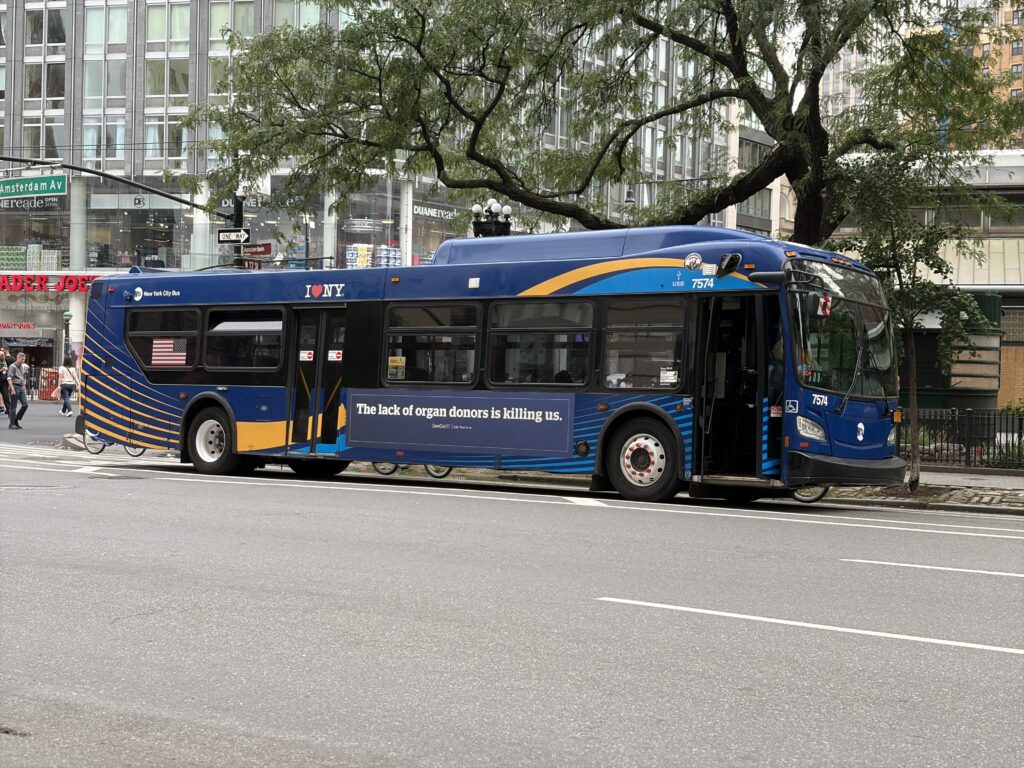
Green’s first impulse was to donate part of her liver, an organ that regenerates within weeks.
But videos of long, jagged scars gave her pause.
“Some of those scars looked like the Nike emblem,” she remembered, “and that scared me.” She then pivoted to the kidney, which meant shorter recovery and less scarring.
In September 2022, she emerged from surgery with a single kidney and the confidence that she had done something good. But a year later, the sense of unfinished business gnawed at her. “In my heart, I felt like I’d cheated myself. A kidney wasn’t what I set out to do.”
So she returned, this time to Hume-Lee, a pioneer in robotic liver donation. Surgeons used two small incisions, one at her waistline, one like a C-section cut, to remove the needed portion of the organ. The cosmetic difference mattered to Green, who had feared what living donation would do to her body.
“Robotic surgery has revolutionized living donation,” Lee said. “Donors give the gift of life and return with minimal burden.”
Green describes her two recoveries with candor and says that while the kidney procedure was manageable, the liver was far tougher.
“If I had done the liver first, I might not have done the kidney,” she said.
And yet she has no regrets, she said.
“My heart went out to people I met in waiting rooms, hearing their stories. The families of the people I helped have more time with their loved ones. That’s the bigger picture.”
To understand the gravity of the gap, one needs to look past broad statistics and into what they do, over time, to individual bodies waiting and patients hoping. Organs and tissues are matched based on blood type, body size, tissue markers, disease severity, and distance—never race, ethnicity, income, or prominence. But because genetic markers cluster by ancestry, patients often find their best matches among those with similar backgrounds. The deeper the donor pool reflects diversity, the better the chances for all.
And yet, in that pool, Black Americans are underrepresented. Because fewer living donors come forward from Black communities, those already waiting must endure longer delays. “African Americans … are three times more likely than White Americans to suffer from end‑stage renal disease,” According to the National Institute of Diabetes and Digestive and Kidney Diseases. Add in the inequities of medical access, preventive care, hypertension control, and the result is tragic proportionality because the communities most in need of transplants are least likely to receive them.
In Richmond, Virginia, Kevin Key knows what it feels like to be in desperate need of a transplant and bank on what seems like an endless waiting list.
The 38-year-old father, who is Black, first learned his kidneys were failing after a bout with COVID-19. By Thanksgiving of 2023, he was in full kidney failure. By January 2024, he was hospitalized for nearly two weeks, then spent a month learning to operate dialysis equipment for at-home treatment. Dialysis became his second job, one that happened five days a week and lasted four hours each session.
His 6-year-old daughter, Stori, insisted on helping. Videos of her twirling while turning on her father’s dialysis machine went viral, with more than 1.7 million views and 40,000 comments. The attention lifted their spirits but did not change the reality that Key needed a kidney.
“The long-term goal was to get a transplant,” he said. “Dialysis is just a temporary fix.”
His prayers were answered through family. In early 2024, his sister-in-law was tested and proved a perfect match. She gave him one of her kidneys.
“I was shocked, grateful, overjoyed,” Key told Black News & Views about getting matched to a donor.
The fact that she was a Black woman and a perfect match carried cultural weight. “In our culture,” he said, “you hear a lot of negative things, myths and hesitation. But I see there are changes … more people are becoming interested.” The gift he received became more than a medical miracle; it also became a rupture in despair.
He speaks of legacy now—being present for anniversaries, his daughter’s graduation, his family’s future. But he also speaks of fragility: every pill, every infection, every decision could jeopardize this new organ. Yet compared to dialysis, it is life.
His experience is not unique. It is emblematic of tens of thousands who wait, and wait, with the body gradually declining, and little assurance that a match will come. What would people outside that world believe, he asks? Waiting feels like “a constant question: when is this going to happen for me?”
The stories of Green and Key are both inspiration and a call to action. Green shows what is possible when one woman defies convention, twice. Key shows what is at stake when a family member steps forward, or doesn’t.
Both point toward a singular truth that the system works better when the donor pool reflects the diversity of the patients in need.
“We don’t have to make people feel guilty that they’re waiting for someone to die so they can live,” Green said. “We can do better.”
Experts agree. Building equity in transplantation will require trust and outreach.
Dr. Lee sees robotic surgery as part of the answer, lowering the physical barriers for altruistic donors. Green sees storytelling as another, showing her face on YouTube so that more “brown people” can imagine themselves in the role.
And Key sees it most simply. “Don’t lose hope,” he says. “Be ready to receive the gift when it comes and trust the process. Your match will come.”


